Image of 1978 Dodge Magnum, Note: These illustrations use artistic license and may differ from actual historical models.
Performance Metrics
Fundamental Metrics
Emotional Appeal
MMP Rating
| Engine Specifications | |
|---|---|
| Engine: | 318 cu in (5.2 L) V8, 360 cu in (5.9 L) V8 |
| Displacement: | 318-360 cu in |
| Horsepower: | 140-155 hp |
| Torque: | 245-280 lb-ft |
| Compression Ratio: | 8.5:1 |
| Ignition System: | Electronic Ignition |
| Cooling System: | Liquid-cooled |
| Performance Specifications | |
| 0-60 Time: | 10-12 seconds |
| 1/4 Mile Time: | 17-18 seconds |
| Top Speed: | 105-110 mph |
| Transmission and Drive | |
| Drive Type: | Rear-wheel drive |
| Transmission Type: | 3-speed automatic |
| Fuel and Efficiency | |
| Fuel System Type: | Carburetor |
| MPG: | 12-15 mpg |
| Dimensions and Brakes | |
| Brakes: | Front disc, rear drum |
| Wheelbase: | 114.9 in |
| Weight: | 3,700 lbs |
Note: Specifications for classic cars are given to the best of our ability, considering the limited and variant data available.
Unveiling the 1978 Dodge Magnum: A Forgotten Icon
With the roar of a V8 under its hood and a silhouette that turned heads, the 1978 Dodge Magnum emerged as a bold American statement in an era of automotive transition. Born from the lineage of muscle cars that had captivated a generation, the Magnum represented Dodge's response to a market that was increasingly thirsty for personal luxury coupes with a performance edge. This grand tourer, with its distinctive styling and robust powertrain, carved out its own niche in automotive history.
Unique among its peers for introducing hidden headlamps and a more aerodynamic shape to Dodge's lineup, the Magnum also marked an attempt by Chrysler Corporation to keep the muscle car spirit alive amidst stricter emissions regulations. It was during this time that the Magnum XE (eXtra Efficiency) graced showrooms, boasting features aimed at improving fuel economy without sacrificing too much power—a notable moment for a vehicle born in an era of compromise.
Design and Innovation: The Magnum's Aesthetic Allure
The 1978 Dodge Magnum's exterior styling was both aggressive and elegant, with a long hood and short deck profile that echoed classic muscle car proportions. Its most striking feature was undoubtedly the retractable hidden headlamps, which gave it a sleek, uninterrupted grille design. The opera windows and bold fender lines added to its distinctive look, making it instantly recognizable on the road.
Inside, occupants were greeted with an interior that prioritized comfort and luxury. Plush seating surfaces were available in various materials including leather and velour, while woodgrain accents adorned the dashboard and door panels. Technological features of note included an optional electronic tuning radio and a digital clock—cutting-edge for the time.
Dodge offered the Magnum in an array of color options, with shades like "Spinnaker White" and "Bright Canyon Red" proving popular among buyers. The most iconic body style was undoubtedly the two-door coupe, which perfectly encapsulated the vehicle's blend of sportiness and sophistication.
Historical Significance: The Magnum's Legacy
The 1978 Dodge Magnum may not have revolutionized automotive design or technology, but it did leave an indelible mark on the late '70s automotive landscape. It stood out as one of the last efforts to sustain the muscle car era into a period dominated by fuel efficiency concerns. While it shared components with other Chrysler products like the Charger and Cordoba, it was unique in its execution—a blend of luxury and performance that would influence future models.
Performance and Handling: A Muscle Car at Heart
The heart of the 1978 Dodge Magnum lay in its performance credentials. With engine options including a 318 cubic inch V8 as standard, up to a 400 cubic inch big-block V8 for those craving more power, it delivered respectable performance figures for its time. While top speed figures are elusive from this era, acceleration from 0-60 mph could be achieved in under 9 seconds with the larger engines—impressive for a vehicle of its size.
On winding roads or when encountering rough surfaces, drivers could expect handling characteristic of a large coupe from the '70s—comfortable but not particularly sporty. The ride was smooth thanks to a tuned suspension system, and while it wasn't designed as a corner-carver, it held its own as a grand tourer meant for cruising highways with authority.
The driving experience was visceral; from the rumble of the V8 at idle to the roar during acceleration, it was all about engaging with raw American power. The steering was light yet responsive enough to convey confidence behind the wheel.
Ownership Experience: Living with a Legend
The 1978 Dodge Magnum found its place as both a daily driver for some and as an emerging classic for others. Its reliability mirrored that of many American cars from that era—robust engines but with potential quirks in ancillary systems over time. Maintenance is straightforward by modern standards; however, sourcing specific parts can be challenging due to its relatively short production run.
Fun Facts: The Magnum's Unique Place in History
A little-known fact about the Dodge Magnum is that it served as pace car for several NASCAR events during its heyday—an honor that cemented its performance credentials. While not typically associated with celebrity ownership or record-breaking speed attempts, it has appeared in various films and TV shows adding to its pop culture legacy.
Collector's Information: Valuing Nostalgia
Today's collector market sees varying interest levels in models like the 1978 Dodge Magnum. With production numbers estimated at around 47,000 units over two years (1978-1979), they are relatively rare finds on today's market. Values can range significantly based on condition, originality, and engine configuration; well-preserved examples might fetch anywhere from $10,000 to $20,000 or more depending on these factors.
Conclusion: A Tribute to American Ingenuity
The 1978 Dodge Magnum stands as a testament to an era when automakers grappled with changing demands without losing sight of performance heritage. Though it may not have enjoyed long-term production success or groundbreaking innovation status, it remains an important piece of automotive history worth celebrating—a true product of resilience during times of change.
1978 Dodge Magnum Catalog of Parts
 1978 Dodge Magnum Door end-cap pillar seals-ALP 7017Door end-cap pillar seals. Fits '75-'79 Mopar B-body 2-door hardtop and coupe. Made of soft, yet durable, closed-cell EPDM sponge rubber with galvanized steel cores. Replaces OEM#'s 3795178/9. Pair. R&L.
1978 Dodge Magnum Door end-cap pillar seals-ALP 7017Door end-cap pillar seals. Fits '75-'79 Mopar B-body 2-door hardtop and coupe. Made of soft, yet durable, closed-cell EPDM sponge rubber with galvanized steel cores. Replaces OEM#'s 3795178/9. Pair. R&L.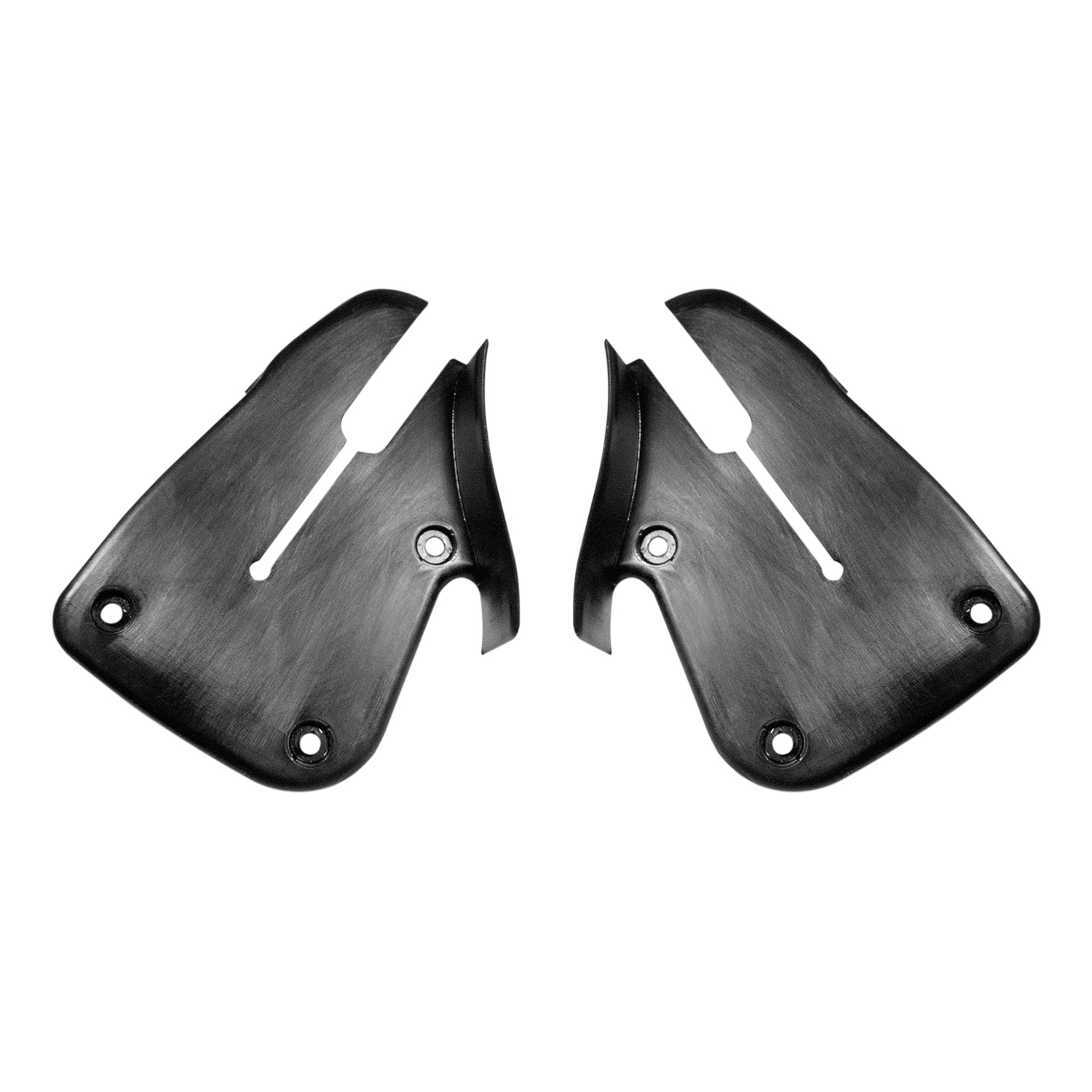 1978 Dodge Magnum Quarter lock-pillar seals. Also called U-jamb seals-ALP 7019Quarter lock-pillar seals. Also called U-jamb seals. Fits '75-'79 Mopar B-body 2-door hardtop and coupe (only).
1978 Dodge Magnum Quarter lock-pillar seals. Also called U-jamb seals-ALP 7019Quarter lock-pillar seals. Also called U-jamb seals. Fits '75-'79 Mopar B-body 2-door hardtop and coupe (only). 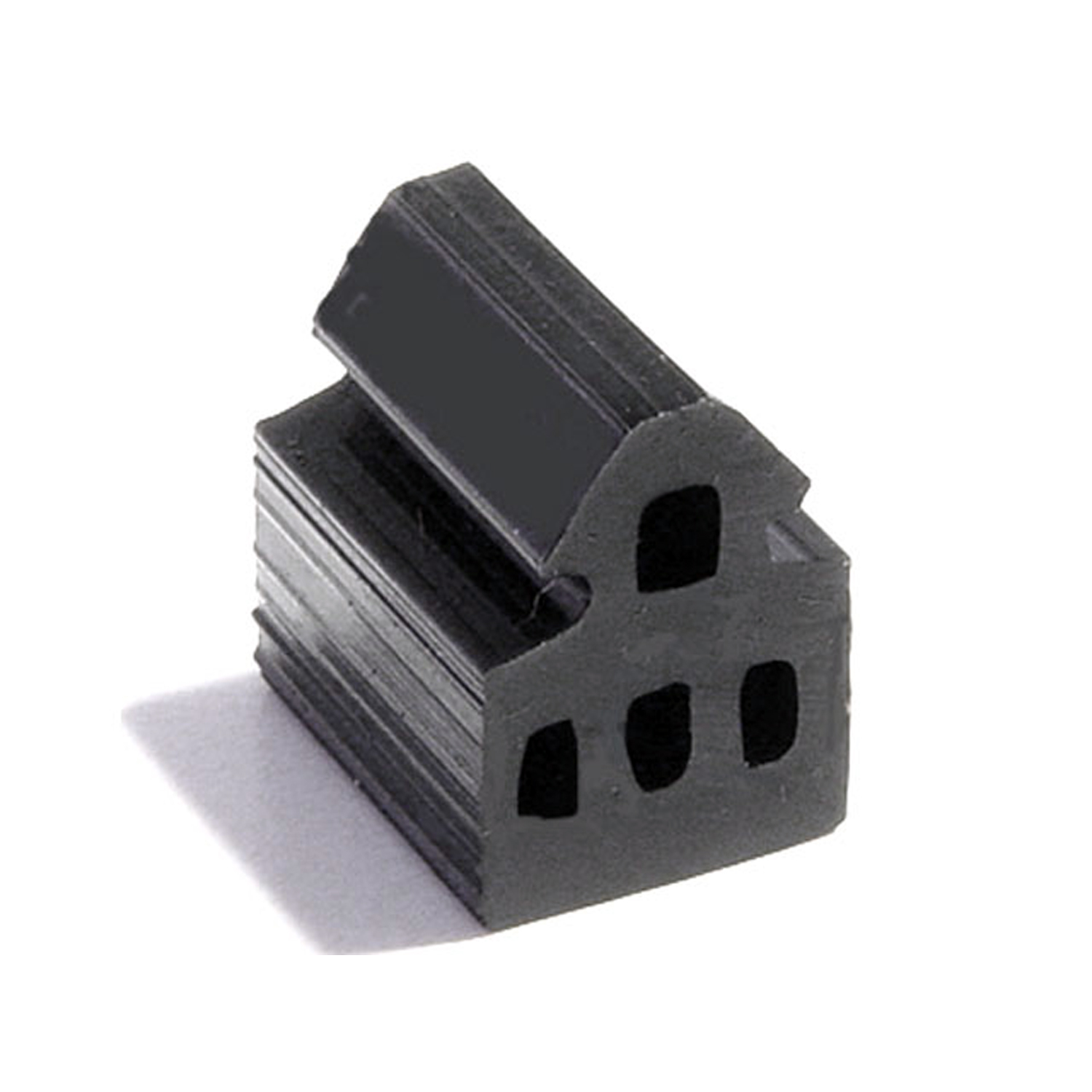 1978 Dodge Magnum Door Bumper. 5/8" wide, made from extrusion. Each-DB 52Door Bumper. 5/8" wide, made from extrusion. Each
1978 Dodge Magnum Door Bumper. 5/8" wide, made from extrusion. Each-DB 52Door Bumper. 5/8" wide, made from extrusion. Each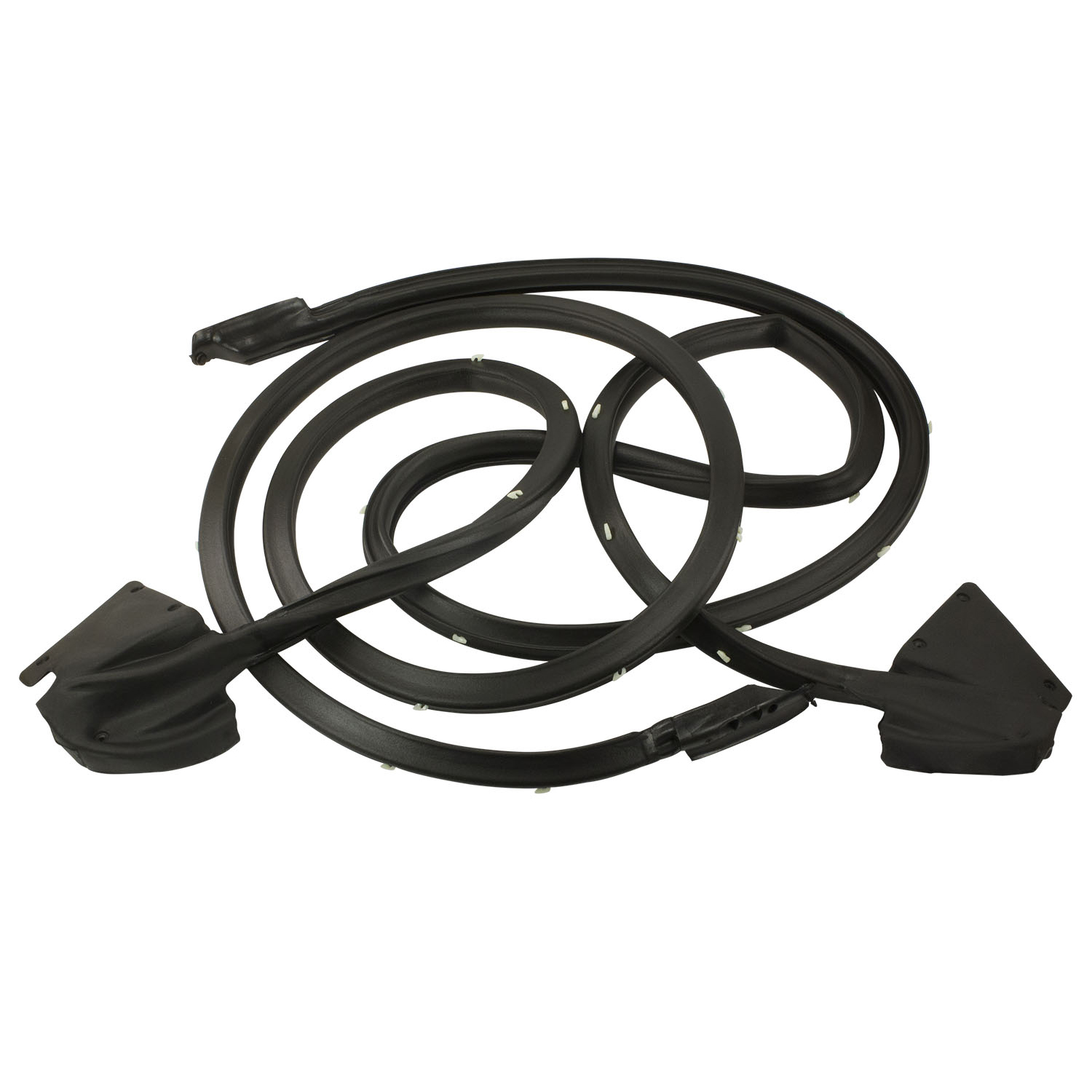 1978 Dodge Magnum Door seals-LM 23-RDoor seals. Fits '75-'79 Mopar B-body 2-door hardtop and coupe. Made of soft yet durable closed-cell EPDM sponge rubber specially formulated to protect against the elements.
1978 Dodge Magnum Door seals-LM 23-RDoor seals. Fits '75-'79 Mopar B-body 2-door hardtop and coupe. Made of soft yet durable closed-cell EPDM sponge rubber specially formulated to protect against the elements. 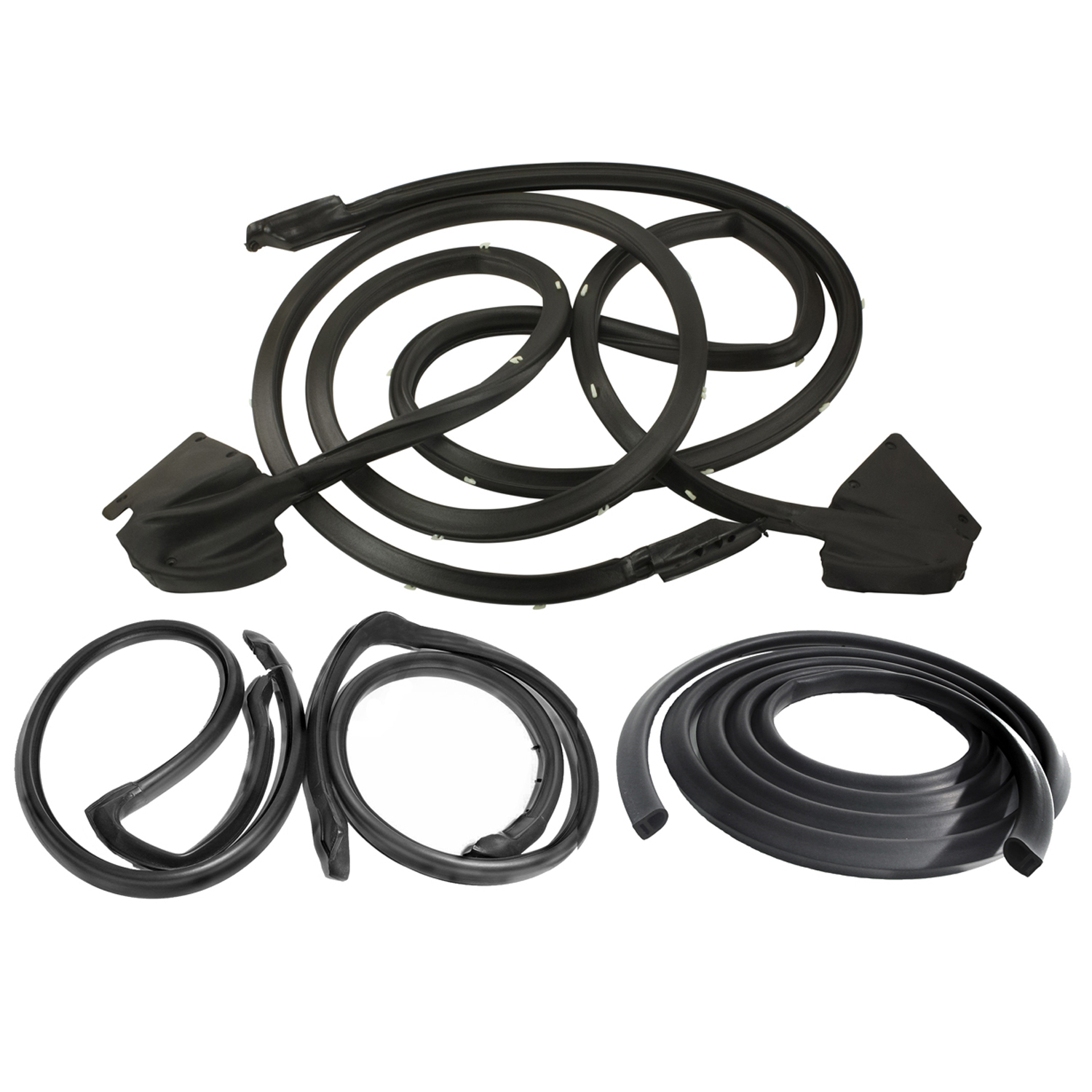 1978 Dodge Magnum Basic kit-RKB 4005-117Basic kit. '75-'79 Mopar B-body 2-door hardtop and coupe with descending B-pillar post and Opera windows. 7-piece kit includes left and right side door seals, roof-rail seals, door end-cap filler seals, and trunk seal. Set.
1978 Dodge Magnum Basic kit-RKB 4005-117Basic kit. '75-'79 Mopar B-body 2-door hardtop and coupe with descending B-pillar post and Opera windows. 7-piece kit includes left and right side door seals, roof-rail seals, door end-cap filler seals, and trunk seal. Set.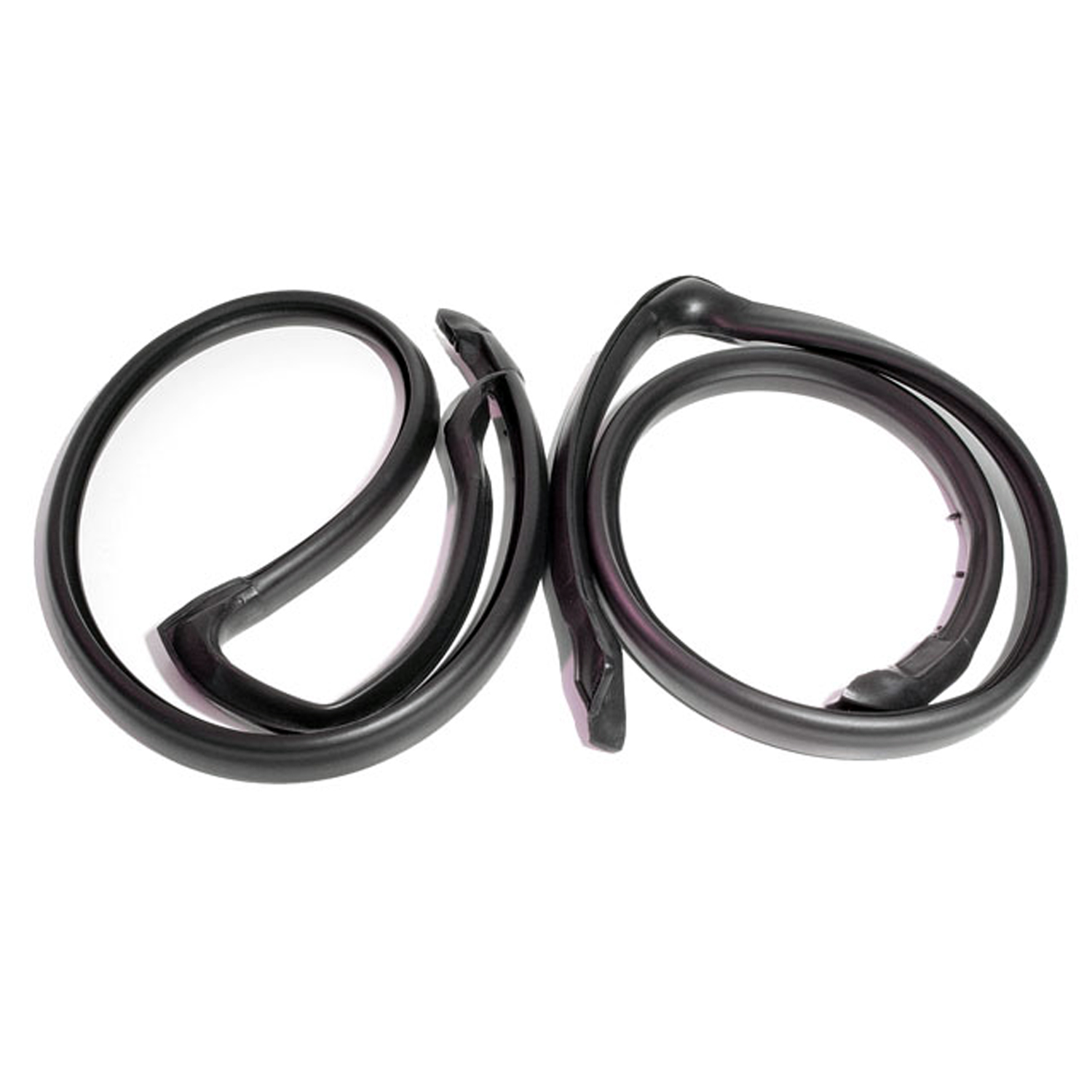 1978 Dodge Magnum Molded Roof Rail Seals for 2-Door Hardtop (Post models only)-RR 4010Molded Roof Rail Seals for 2-Door Hardtop (Post models only). Pair R&L
1978 Dodge Magnum Molded Roof Rail Seals for 2-Door Hardtop (Post models only)-RR 4010Molded Roof Rail Seals for 2-Door Hardtop (Post models only). Pair R&L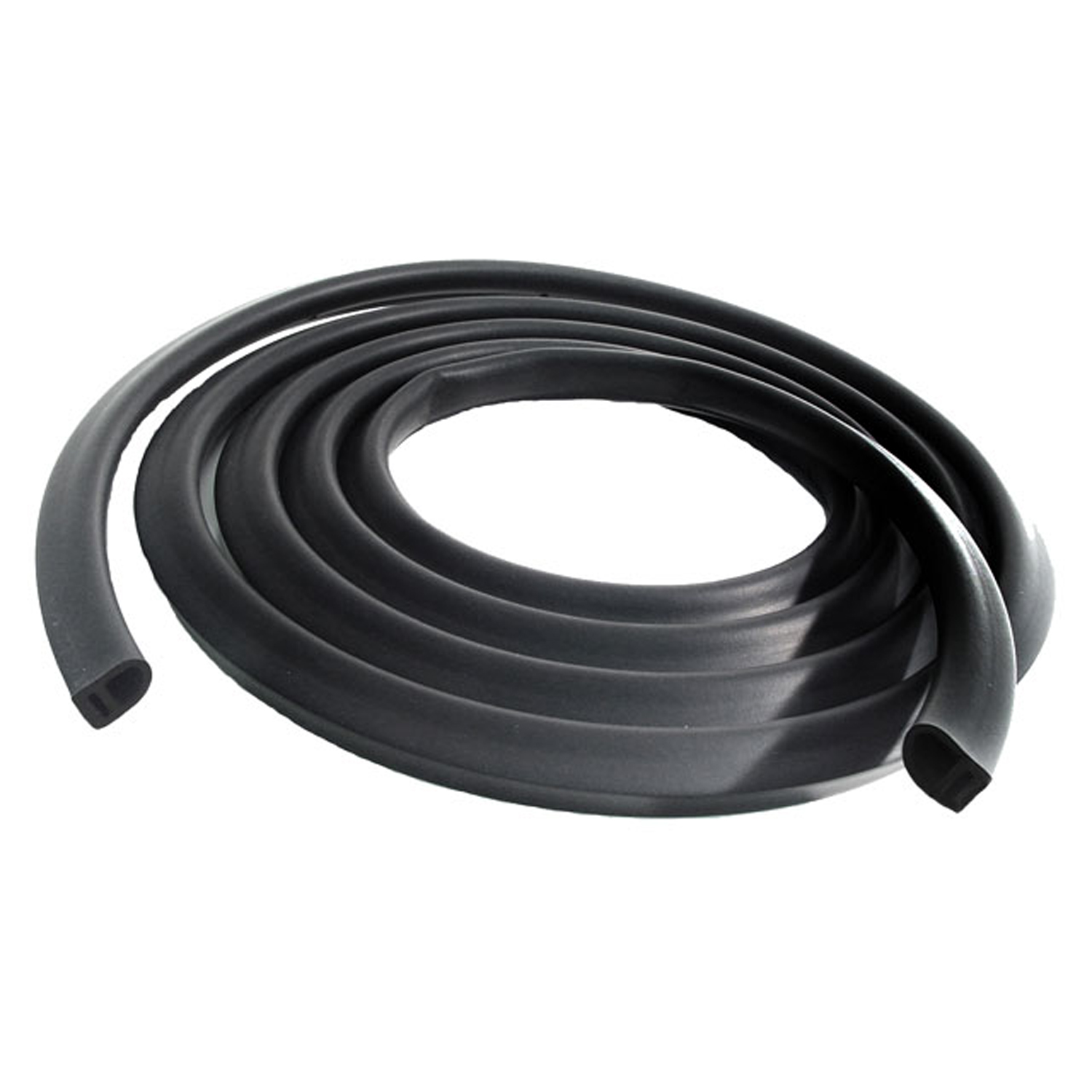 1978 Dodge Magnum Trunk seal-TK 2331Trunk seal. Fits '75-'79 Mopar B-body 2-door hardtop and coupe. 155 in. long. Replaces OEM# 3792227. Each.
1978 Dodge Magnum Trunk seal-TK 2331Trunk seal. Fits '75-'79 Mopar B-body 2-door hardtop and coupe. 155 in. long. Replaces OEM# 3792227. Each.Why Choose Metro?
For over 100 years, Metro Moulded Parts has been the pinnacle of quality in classic car restoration parts. Our commitment to precision and authenticity in every component ensures a perfect fit and an OEM-level appearance.
- Expert Craftsmanship & Quality: Each part is a testament to our dedication to reliability and perfection, crafted from original designs and thoroughly tested.
- Advanced Technology: We use cutting-edge techniques to create flawless, long-lasting parts that surpass others in performance.
- SuperSoft Sponge – The Ultimate Door Seal: Not only are our door seals 30% softer than competitors', but they're also guaranteed to never leak. They effectively reduce wind and road noise, enhancing your classic car's comfort and driving experience.
- Proudly American: Our parts are a product of American craftsmanship, made in the USA with a spirit of excellence and heritage.
- Unrivaled Warranty: We back our products with a 30-year industry-leading warranty, a testament to our confidence in their quality.
Join us in preserving the legacy of classic cars with parts that are crafted for perfection, not just made.

